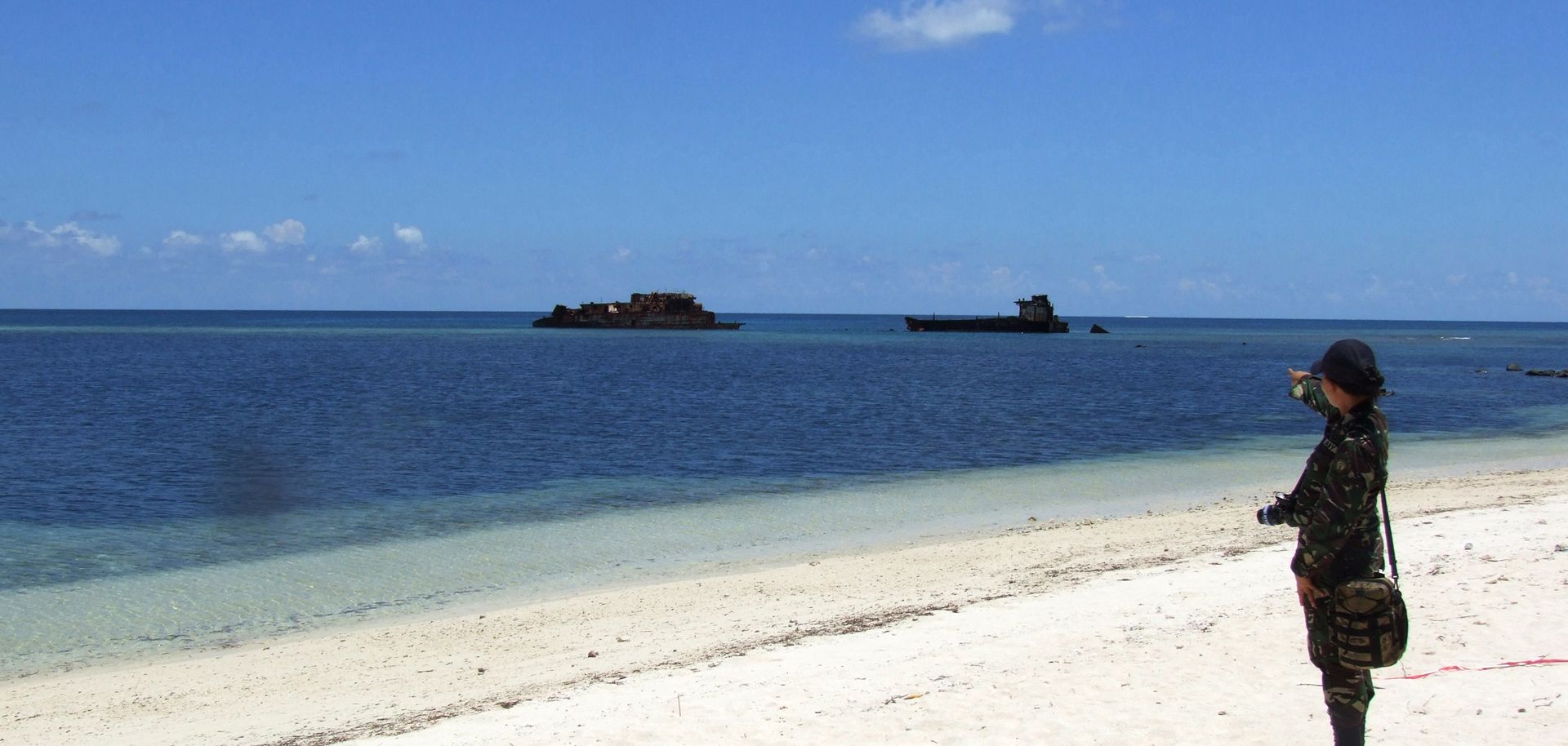ASSESSMENTS
China's Moves in the South China Sea: Implications and Opportunities
Nov 10, 2014 | 10:15 GMT

(STR/AFP/Getty Images)
Summary
Editor's Note: Rodger Baker, Stratfor's Vice President of Asia-Pacific Analysis, recently returned from a trip through Australia, Micronesia and the Philippines. The analysis below is drawn from remarks he made on the shifting realities in the East and South China seas — particularly involving China, the Philippines, Japan, Southeast Asia and the United States — in a keynote speech at a meeting of the Manila Times Business Forum.
China's recent foray into the East and South China seas is not its first, but it is perhaps its most substantial. For a number of reasons, Beijing is no longer comfortable or confident enough to allow the status quo in the region to remain unchanged. The natural expansion of China's interests, and its attempts to expand and ensure its sphere of influence, inevitably lead to responses both from its neighbors and from the more geographically (but not strategically) distant United States. Beijing's intent is not to trigger conflict, but rather to slowly change the political reality of the region by expanding its maritime buffer and securing its maritime trade routes. But few of these changes will go unchallenged, adding a layer of uncertainty to the future of East Asia.
Subscribe Now
SubscribeAlready have an account?
